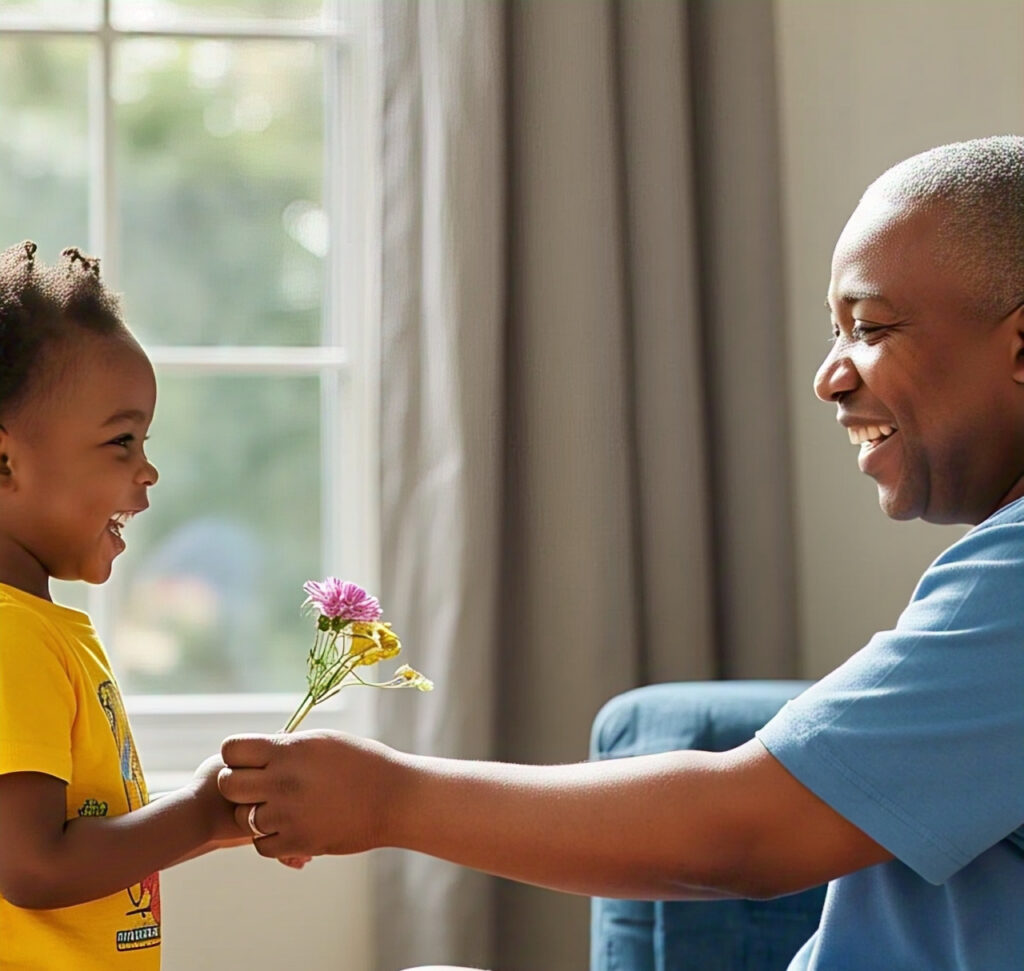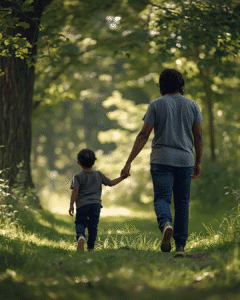
Gratitude Starts with Connection
You are not alone if you have ever wondered how to raise grateful children. As parents, we all want our kids to appreciate what they have and express gratitude. But real gratitude isn’t just about saying “thank you” when prompted—it comes from feeling connected and valued.
Dr Daniel Siegel, a child development expert, teaches us that gratitude grows when children understand their feelings and the feelings of others. How to raise grateful children isn’t about teaching them to say the right words—it’s about helping them build an emotional connection to the world around them.
We will discuss simple ways to raise grateful children by creating meaningful moments of connection and reflection, ensuring gratitude becomes a natural part of their lives.
1. Connect with Your Child Emotionally
One of the most powerful ways to teach how to raise grateful children is through emotional connection. Children learn gratitude when they feel seen, heard, and understood. When people truly connect with us, they begin to recognise how their actions and the kindness they receive matter.
Imagine your gratitude when someone truly listens, understands, and shows kindness without expecting anything in return. That’s how gratitude works for kids, too—it is not just about saying “thank you”, but about feeling that connection.
When we spend time truly connecting with our children, they learn that appreciation starts with understanding the feelings of others.
2. Show Gratitude
Children learn by watching us. If we want to teach how to raise grateful children, we must first show them what gratitude looks like in everyday life. It is not just about saying “thank you” when we get a gift—it is about expressing appreciation for all the little things that enhance our lives.
Here are some simple ways you can model gratitude:
- Thank others out loud for their help or kindness, whether it’s your partner, a friend, or even a stranger.
- Talk about what you’re grateful for. For example, “I am so thankful we get to spend this time together.”
- Share moments of appreciation with your kids, like “I am so grateful for this sunny day.”
When children see us expressing gratitude regularly, they learn to desire it too, not out of obligation, but because they recognise the joy it brings into our lives.
3. Create Moments to Reflect
Another way to teach how to raise grateful children is by encouraging them to reflect on the good things in their day. When we ask our children to pause and think about what they are thankful for, it helps them develop a deeper sense of appreciation.
Try creating a small tradition at the end of each day, where everyone shares one thing they are grateful for. It could be around the dinner table or just before bedtime. You might ask questions like:
- “What was something that made you smile today?”
- “Who did something kind for you today?”
This simple practice helps children recognise the good in their lives and become more aware of how much they need to be thankful for.
4. Let Gratitude Come Naturally
Sometimes the best way to teach how to raise grateful children is to let gratitude come naturally. It’s tempting to remind our kids to say “thank you” all the time, but real gratitude grows when they understand why they should be thankful, not just because it’s expected.
If your child forgets to say thank you, gently guide them by asking, “How do you think your friend felt when you shared your toy with them?” or “What did you like most about your gift?”
This helps them think beyond the words and feel the true meaning of gratitude. The more they reflect on the kindness they receive, the more gratitude will come from the heart.
5. Why Gratitude Matters
So why is it important to raise grateful children? Gratitude isn’t just about saying the right words—it shapes how children feel and act. Grateful children are more likely to have strong friendships, be kind to others, and handle challenges with resilience.
Most importantly, when we raise grateful children, we help them understand the power of connection. They learn that gratitude isn’t just about receiving—it’s about appreciating the people around them and building strong, loving relationships.
Conclusion: A Journey of Gratitude
Teaching gratitude is a journey, not a destination. It is about creating small moments daily where your children feel valued, reflect on their experiences, and learn to appreciate the world around them.
By raising grateful children, we are not just helping them say “thank you” more often—we’re helping them build connections that will last a lifetime. In doing so, we create a home where gratitude is not just a lesson but a way of life.




